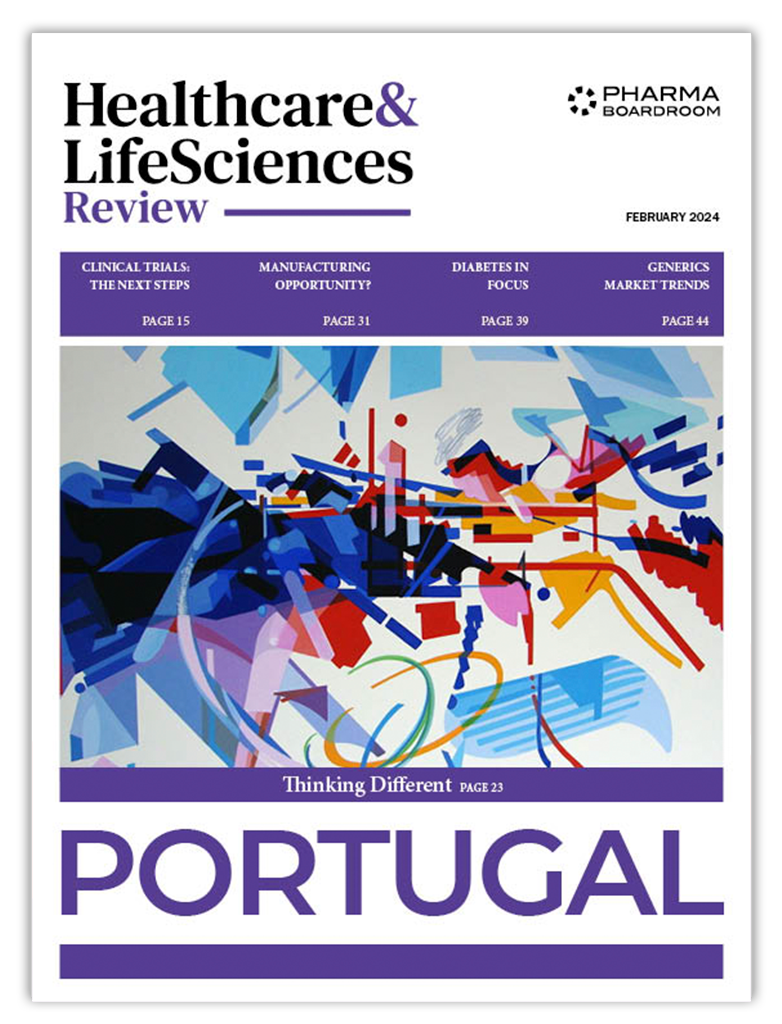Lauro Moretto, Emeritus President of the Brazilian Academy of Pharmaceutical Sciences and former Executive Vice-President of Sindusfarma provides insights into the main changes that have impacted Brazil’s pharmaceutical field over the past few years as well as his vision to propel the development of pharmaceutical sciences in the country.
What would you highlight as the most significant changes that have happened in Brazil’s pharmaceutical industry since our last interview, in 2011?
One of the most significant transformations relates to the regulatory area, with Brazil undoubtedly moving closer to international standards over the past five years. In this regard, ANVISA was accepted in November 2016 as a member of the International Conference on Harmonization of Technical Requirements for the Registration of Pharmaceuticals for Human Use (ICH), a group that brings together leading regulatory authorities [such as the US FDA, the EU EMA, Japan’s PMDA, Swissmedic, and Health Canada, e.d.] and pharmaceutical industry associations to discuss drug registration. ANVISA’s entry into ICH marks a historical milestone for our country, as Brazil’s regulatory agency was formerly essentially focused on following WHO regulations. In the meantime, ANVISA’s ICH membership will undoubtedly contribute to propel the international ambitions of leading domestic companies, whose registration dossiers have to be aligned with the best regulatory standards, including that of FDA and EMA, when exporting products to mature markets.
In the meantime, innovation has tremendously gained in importance within the development strategies of Brazilian companies, which have been significantly increasing their investments in this area. Naturally, the crisis has also nurtured a growing need for low price products, but – in the meantime – the demand for medicines targeting complex diseases has not vanished either. There are a lot of problems still unsolved, such as Alzheimer’s, Parkinson’s, cancer, and many kinds of viruses. In this regard, we see that Brazil is trying to research new ingredients by leveraging its rich biodiversity in plants and other microorganisms, which still stands as an underexploited asset when it comes to pharmaceutical developments.
On the other hand, we saw over the past five years that when limited budget availability forced the government to reduce the population’s access to some of these life-changing products, patients legally challenge such decisions. In this context, the phenomenon of “judicialization of health” [“judicialização da saude” in Portuguese, e.d.] has truly become part of the Brazilian health ecosystem [from 2010 to 2016, the annual cost of these legal actions against Brazil’s Ministry of Health has increased by 1.233 percent to reach over USD 500 million in 2016, e.d.], while Brazil’s 1988 constitution enshrined health as a citizen’s right requiring the state to provide universal and equal access to health services.
In this regard, biosimilar products emerge as interesting opportunities to provide Brazilian patients with a greater access to life-changing treatments at a more accessible cost. These products actually raise the same suspicion as generics did a few decades ago, and it is perfectly understandable that regulatory bodies require solid evidences of their therapeutic equivalence, especially for products whose immunogenicity is particularly difficult to prove. This is far from being a Brazilian specificity and the problem is replicated around the world.
We feel that the Brazilian pharmaceutical industry has been spared by the crisis, while the pharmaceutical market has continued to grow at a sustained rated despite political and economic turmoil. What is your assessment of the situation?
[Featured_in]
Despite the economic crisis that has hit our country in 2015 and 2016, the Brazilian pharmaceutical market has indeed continued to grow because patients cannot live without the drugs they need; in this regard, medicines usually stand as an item of expenditure that households do not cut even during tough times.
Nevertheless, despite the apparent homogenous growth of the Brazilian market over the past few years, pharmaceutical companies in Brazil experienced mixed fortunes, and some companies completely collapsed while others thrived in the meantime. Although it is no easy task to pinpoint what were the key success factors followed by prosperous companies, success fundamentally takes its roots in the vision and management style instilled by these companies’ heads.
The same actually goes for industry associations. Five years ago, we decided to open Sindusfarma’s doors to other parts of the value chain, including packaging and API companies, service providers and distributors. By integrating these players within our technical events and quality standard seminars, we contributed to strengthen Brazil’s overall value chain and pharmaceutical expertise, while the number of Sindusfarma members skyrocketed from 130 to over 300 now.
Brazil’s Academy of Pharmaceutical Sciences celebrated its 80th anniversary. As its Emeritus President, could you introduce the Academy to our readers?
The Academy is a nationwide scientific civil society which aims to study, discuss, disseminate, educate and collaborate as advisory body on national and international activities, in all matters relating to the pharmaceutical sciences. The Academy’s one hundred chairs are distributed in different sections, including pharmacy, industrial pharmacy, sciences, pharmacology, medicine, and veterinary medicine.
As the Academy, we also strive to stimulate professional vocations through the organization and participation in symposia and congresses across the country. For instance, we set up a workshop visiting the best universities across 13 different Brazilian cities. In this context, my personal objective is to explain students and young scientists what are innovation and invention, and I strive to help these people being creative.
To discover new medicines is obviously not easy and it is absolutely critical to structure this creation process– in a way, creativity needs to be sustained by a sound methodology to become fruitful. First comes understanding the reason behind a deviation in the body, then comes the second step: making a correlation between what’s in the ground and how to fight the sickness. For some diseases, it is particularly easy, but for stroke, diabetes, cancer or other complex diseases, understanding the disease’s cause is absolutely fundamental in order to discover new ways to tackle its progression.
Through your responsibilities at both the Brazil’s Academy of Pharmaceutical Sciences and Sindusfarma, you hold a privileged position at the crossroads of academia and the pharmaceutical industry. How are you working to strengthen the link between these two parts of the pharmaceutical ecosystem?
[related_story]
Actually, we have decided to concentrate our efforts on building stronger bridges between the industry and academia, as we are currently fine-tuning the details of a specific program in this regard. Nowadays, we see that most of the scientific knowledge is produced at the university level; hence our objective is to develop a platform that would bring together Brazilian universities and research centers, the industry and related associations, as well as government bodies, with a clear objective: promote innovation.
As from next year, the Brazil’s Academy of Pharmaceutical Sciences and Sindusfarma will award innovation prizes to the best research theses produced in a large number of universities across the country, putting some of the most promising research works under the spotlight. In parallel, we also want to help young researchers to patent and protect their innovation, which encourage other scientists to follow the same way.
What will be your piece of advice to a young student in pharmacy?
Pharmacy encompasses at least ten different areas of study, which all hold a similar importance and display an equal need for innovation – and drug discovery is only one of these ten fields. Be it in analysis, translational medicines, botanical or biological drugs, or regulatory sciences, it is paramount to find the field that suits you the most and to contribute to the advancement of this field. Manufacturing sciences, for instance, has gained a tremendous importance over the past decades, as being able to develop manufacturing processes that are significantly scalable now stands as a key success factor for pharmaceutical companies.
What is your final message to our international readers?
The scientific community has produced a huge amount of research over the past decades, and – at the moment many critical diseases have remained unsolved – we should not overlook the importance to look back at what has already been produced and too rapidly shelved.
A large share of past and current academic activities involves new scientific avenues that have not yet been fully explored. It is necessary to explore (again) this scientific production and identify what could stand as new ways to tackle persisting diseases. In the grand scheme of things, scientific research has to conduct its own Renaissance: cherry-pick some of the most interesting findings of the past and leverage modern knowledge to bring science to the next level.







